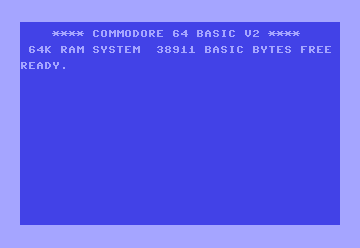
Commodore BASIC v2 Commands
Commodore BASIC v2, the built-in operating system of the iconic Commodore 64 (C64), was more than just a way to run programs. It was a gateway to a world of creativity and exploration for countless computer enthusiasts.
A Brief History
Commodore BASIC v2, released in 1982, was a descendant of earlier versions found on machines like the PET 2001. Compared to later iterations like Commodore 128's BASIC v7, it had a simpler structure with a focus on ease of use. This made the C64 an approachable platform for beginners to learn programming concepts.
Getting Started with Commodore BASIC v2
Commodore BASIC v2 operated on line numbers. Lines beginning with numbers (0-63999) were program code, while lines without numbers were direct commands. Here's a taste of some key commands:
- PRINT: This command displays text or the value of a variable on the screen.
- RUN: This command starts executing a program from the first line number.
- SAVE/LOAD: These commands save and load programs to/from cassette tapes (yes, tapes!).
- FOR/NEXT: These create loops, a fundamental building block for many programs.
Let's see an example!
This simple program prints "Hello, World!" on the screen:
10 print "hello world"
20 end
Here, line 10 is a program line that uses the PRINT command to display the text. Line 20 uses the END command to signal the program's end.
To run this program, you would type these lines into the computer and then execute it with the RUN command.
Exploring a World of Creativity
Commodore BASIC v2, despite its simplicity, opened doors to a vast universe. People used it to create games, write utilities, and even develop educational software. It was a launchpad for many who went on to become programmers and tech enthusiasts.
While the Commodore 64 era may be over, Commodore BASIC v2 remains a cherished piece of computing history. Its legacy lives on in the spirit of creativity and exploration it ignited in a generation.
Further Exploration:
If you're curious to learn more about Commodore BASIC v2, there are many resources available online, including emulator programs that allow you to experience the C64 and its BASIC environment firsthand.
